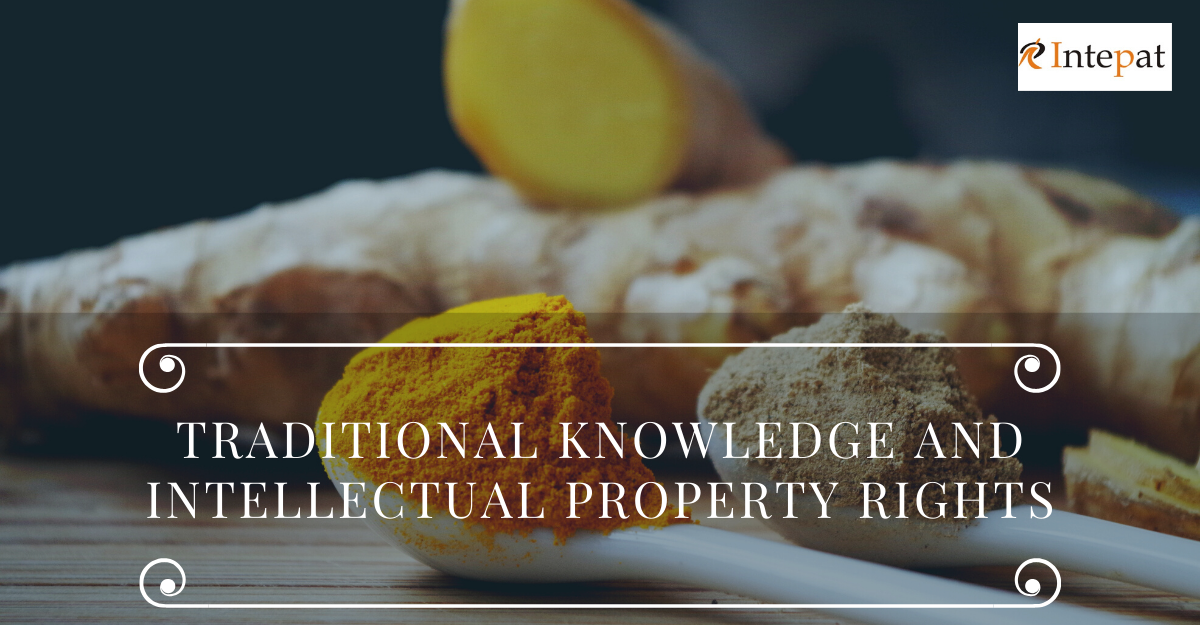The protection of traditional knowledge as intellectual property has been at crossroads for a few years now. While there is growing international recognition for the need for protection of traditional knowledge, the lingering question is, how? How can we bring traditional knowledge under the ambit of intellectual property? In this article, let’s take a look at the meaning, importance, and the need for protection of traditional knowledge.
What is Intellectual Property?
Intellectual property refers to the intangible creations of the mind. They could be inventions, literary or artistic expressions, designs, logos, symbols, and the like. Intellectual property rights give the owner the exclusive right for a limited period of time. For example, let’s say you have invented a new kind of phone and you get a patent for the technology behind that phone. The technology is now your intellectual property. You own it. Thus, for the next 20 years, you have the exclusive rights to stop others from using and commercially exploiting the technology. It means nobody else is allowed to use the technology patented by you, without your permission.
Why protect Intellectual Property?
Incentive. The primary reason for protecting intellectual property is to give people the incentive to invent. It enables the creation of intellectual goods and services for the greater good of the public as well as economic growth. The human tendency is to function in a reward-based system. So, protecting intellectual property provides them with the incentive to invent.
What is Traditional Knowledge?
Traditional knowledge (TK) is knowledge, know-how, skills, and practices that are developed, sustained and passed on from generation to generation within a community, often forming part of its cultural or spiritual identity. It is essential to understand that antiquity is not the only determinant for traditional knowledge. It is an organic, ever-evolving body of knowledge that has been carefully developed and preserved by a community. This community becomes so intertwined with the traditional knowledge that it becomes a part of the identity of the community.
Why is Traditional Knowledge Important?
Up until recently, traditional knowledge had no relevance. In recent years, people have realized its value and irreplaceable worth in the contemporary world. In order to understand the importance of traditional knowledge, you have to recognize that traditional knowledge has a practical component. It has been developed as an intellectual response to the necessities in life. As such, it has a lot of direct as well as indirect benefits to society. For example, in South India, the medicinal knowledge of the Kani tribes led to the development of a sports drug, Jeevani. It is an anti-stress and anti-fatigue drug. It is based on the herbal medicinal plant Arogyapacha. As such, traditional knowledge has numerous benefits for the present as well as future generations.
Search Results
Web result. As such, traditional knowledge has numerous benefits for the present as well as future generations.
Position of Traditional Knowledge in Intellectual Property Rights
There are mainly four recognized forms of intellectual property: Patents, Trademarks, Industrial Design, and Trade Secrets. Clearly, traditional knowledge does not find a place in the ambit of intellectual property. Since its conception, intellectual property has been hyper-focused on the needs of the technologically advanced society. There was never any provision for the protection of traditional knowledge. Only in recent times, the need to protect traditional knowledge has come to the forefront. There is still no international mechanism in place for the protection of traditional knowledge. The reason is protecting traditional knowledge poses specific practical and logistical problems:
-Traditional knowledge is an organic body of knowledge. It keeps evolving. The current intellectual property system is not equipped to cater to it.
-Every other form of intellectual property is granted for a limited period of time. Traditional knowledge cannot be protected for a limited period of time; it has to be safeguarded indefinitely.
-Then there is the problem of oral traditional knowledge. Not all traditional knowledge has been documented. A lot of it has been handed down from generation to generation, orally. How can that be protected?
Traditional knowledge is different from every other kind of intellectual property. It is unique insofar as its organic nature is concerned. As such, a new system of protection, specifically designed for the protection of traditional knowledge, needs to be put in place.
Keeping this in mind, a lot of countries like India, Peru, Panama, Costa Rica, Brazil, Thailand, Philippines, and the United States have developed a sui generis (of its kind) model for the protection of their traditional knowledge. India, for example, in the year 2001, set up the Traditional Knowledge Digital Library (TKDL). It is India’s database on traditional medicine. By documenting traditional medicine, India has made it easy for patent examiners to find relevant prior art while assessing a patent application. India took this step after the US Patents and Trademark Office granted a patent for turmeric to treat wounds. This patent was later revoked. The use of turmeric to heal wounds has been known to many communities in India, and it has even been documented in the ancient Sanskrit texts.
However, a database like TKDL is a double-edged sword. It has the significant disadvantage of revealing the entire traditional knowledge, making it easy for others to misappropriate it. Another problem is that oral traditional knowledge is not documented in it.
Types of protection for Traditional Knowledge
Internationally, two kinds of protection are being sought for traditional knowledge:
*Defensive protection
*Positive protection
Defensive Protection
Defensive protection aims to stop people outside the community from acquiring intellectual property rights over traditional knowledge. The best example of this is TKDL by India. TKDL will help in ensuring that cases like turmeric being grated a patent do not happen again.
Positive Protection
Positive protection empowers communities by granting them the right to promote traditional knowledge, determine their uses, and benefit from its commercial exploitation.
International Scenario
There is still no international model for the protection of traditional knowledge. However, the Convention on Biological Diversity and the 2010 Nagoya Protocol made a headstart in recognizing traditional knowledge on an international level. Article 8(j) of CBD requires countries to:
#respect, preserve and maintain the knowledge, innovations, and practices of indigenous and local communities embodying traditional lifestyles that are relevant for biodiversity conservation and sustainable use,
#promote their more extensive application with the approval and involvement of the holders of such knowledge and
#encourage the equitable sharing of benefits from the use of such knowledge.
There is still a long way to go in order to ensure that traditional knowledge is adequately protected. Though countries are individually developing sui generis models for the protection of traditional knowledge, this is not sufficient to comprehensively protect it on an international scale.
You may also interested to read Protecting Traditional Knowledge in India




